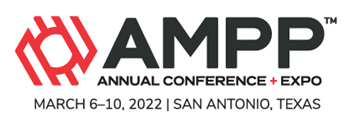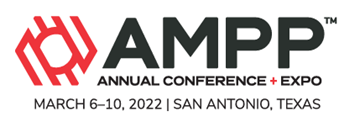Search
Conference Papers
View as
Sort by
Display
per page
Waterproofing Membranes: A Vital Component of the Bridge of the Future
Product Number:
41206-257-SG
Publication Date:
2006
$20.00
Wear Performance Evaluation Of Chrome Carbide Overlays (Ccos)
Product Number:
51322-17748-SG
Publication Date:
2022
$20.00
Weathering Of Industrial Coatings: Correlation Between Three Years Outdoor Florida Exposure And Four Accelerated Weathering Methods
Product Number:
51323-18869-SG
Publication Date:
2023
$20.00
Weld Jointing Influence on Boiler Tube Sheet Integrity
Product Number:
MPWT19-14366
Publication Date:
2019
$0.00
Weldability And Corrosion Properties Of Austenitic Stainless Steel And Low Alloy Steel Manufactured Using PM-HIP Method
Product Number:
ED22-18347-SG
Publication Date:
2022
$20.00
Welding Of CRA With Insufficient Purging Gas Impact On Mechanical Properties And Corrosion Resistance
Product Number:
51321-16615-SG
Publication Date:
2021
$20.00
Welding Procedure Development For A 13Cr-5Ni-2Mo (UNS S41426) Super Martensitic Stainless Steel
Product Number:
51321-16840-SG
Publication Date:
2021
$20.00
Well Casing Cathodic Performance Review - Case Studies
Product Number:
51322-17688-SG
Publication Date:
2022
$20.00
Wet Abrasive Blasting: an Overview of Surface Cleaning Alternatives
Product Number:
51219-190-SG
Publication Date:
2019
$20.00
Wet Abrasive Blasting: the Future of Surface Preparation and the Effects it has on Steel
Product Number:
51220-232-SG
Publication Date:
2020
$20.00
Wet CO-CO2 Stress Corrosion Cracking in CCS Pipelines
Product Number:
51324-20669-SG
Publication Date:
2024
$40.00
Wet Tg: Understanding the Effect of Hot, Distilled Water on the Glass Transition Temperature, Barrier Properties, and Performance of Fusion Bonded Epoxy Coatings
Product Number:
51323-19470-SG
Publication Date:
2023
$20.00














